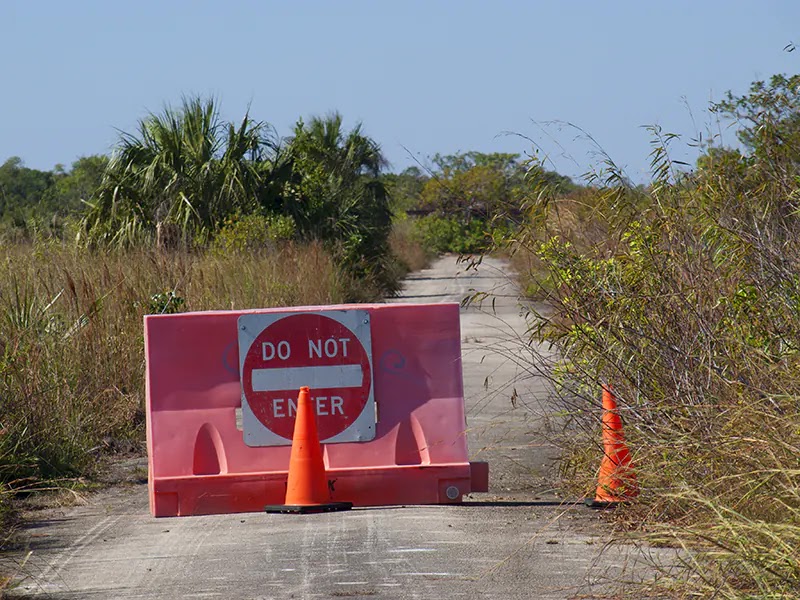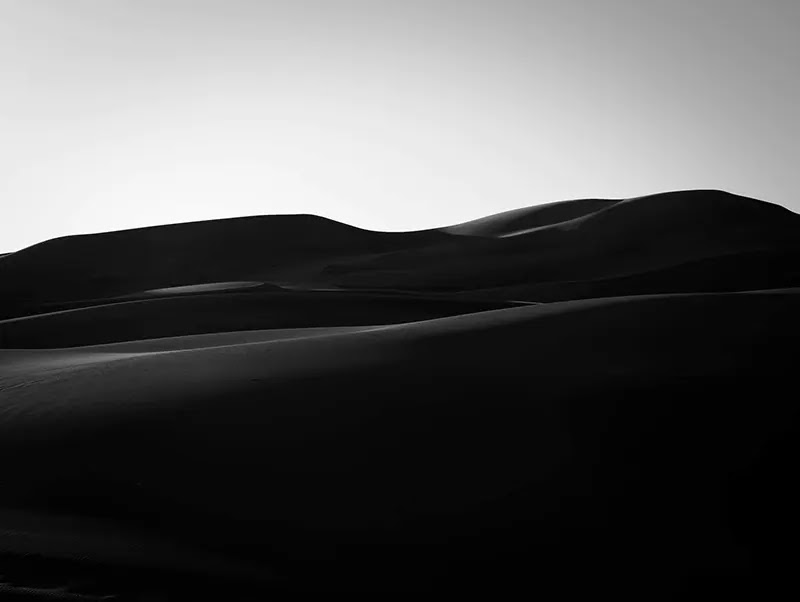Forgotten Books: The Yellowstone National Park: Historical and Descriptive
I learned many things about the history of Yellowstone from this old book.
The author was an engineer by trade and a historian by vocation. Hiram Martin Chittenden published the book in 1895, two decades after Yellowstone National Park was founded.
Interesting things from this book.
- The name of the area as translation to English of the Indian name “Yellow Rock”. Lewis & Clark used it as “Yellow Stone” in 1805. Another Indian name was “Burning Mountains”.
- The Native Americans relationship with these lands. Most Indians feared and avoided the geyser regions as source of magic and evil - but the "Sheepeaters" or Tukudeka, a band of the Shoshone, lived there.
- Tales of the first white fur trappers and explorers of the region.
- The origin of the names of most prominent geographical features of Yellowstone - including the geysers.
Interesting quotes about the first white explorers of Yellowstone.
The mention from the journal of Lewis and Clark of John Colter in the entry for August 14 and 15, 1806. The scout and trapper John Colter was the first known person of European descend to see Yellowstone and the Teton Range.
In the evening we were applied to by one of our men, Colter, who was desirous of joining the two trappers who had accompanied us, and who now proposed an expedition up the river, in which they were to find traps and give him a share of the profits.
When Colter returned, his stories of geysers were not believed.
Another interesting part is about a man that expended two summers in Yellowstone in the early 1800s.
In 1882, there was still living in Montana, at the advanced age of one hundred and two years, a Frenchman by the name of Baptiste Ducharne. This man spent the summers of 1824 and 1826 on the Upper Yellowstone River trapping for beaver. He saw the Grand Cañon and Falls of the Yellowstone and the Yellowstone Lake.
The mention of Joseph Meek.
A book called "The River of the West," published in 1871, but copyrighted in 1869, before the publication of any modern account of the geyser regions, contains the record of an adventure in the Yellowstone three years after those of Ducharne. The book is a biography of one Joseph Meek, a trapper and pioneer of considerable note. The adventure to which reference is made took place in 1829.
Interesting early mention of the region in a newspaper.
In Vol. I, No. 17, August 13, 1842, of The Wasp, a Mormon paper published at Nauvoo, Ill., occurs the first, as it is by far the best, of all early accounts of the geyser regions prior to 1870. It is an extract from an unpublished work, entitled Life in the Rocky Mountains. Who was the author will probably never be known; but that he was a man of culture and education, altogether beyond the average trader, is evident from the passing glimpse which we have of his work.
The famous guide and explorer James Bridger was also tied to the exploration of Yellowstone.
Between 1841 and 1844 Bridger was leader of a grand hunting and trapping expedition, which for upward of two years, wandered over the country from the Great Falls of the Missouri to Chihuahua, Mexico.
Also, many people neither believe him.
Bridger found that he could not make his hearers believe in the existence of a vast mass of volcanic glass, now known to all tourists as the interesting Obsidian Cliff.
The book also mentions the painful experience of Truman C. Everts lost in Yellowstone.
And, of course, the famous painter and traveler George Catlin couldn’t be missed as a forerunner for the creation of the national park.
…he proposed that the government should set apart, in some suitable locality of the West, a large tract of land, to be preserved forever as a “Nation’s Park, containing man and beast, in all the wildness and freshness of their nature’s beauty”.
The book says that Catlin made the proposition to the government in 1832.
The Yellowstone National Park: Historical and Descriptive is available free at Project Gutenberg.



Comments
Post a Comment